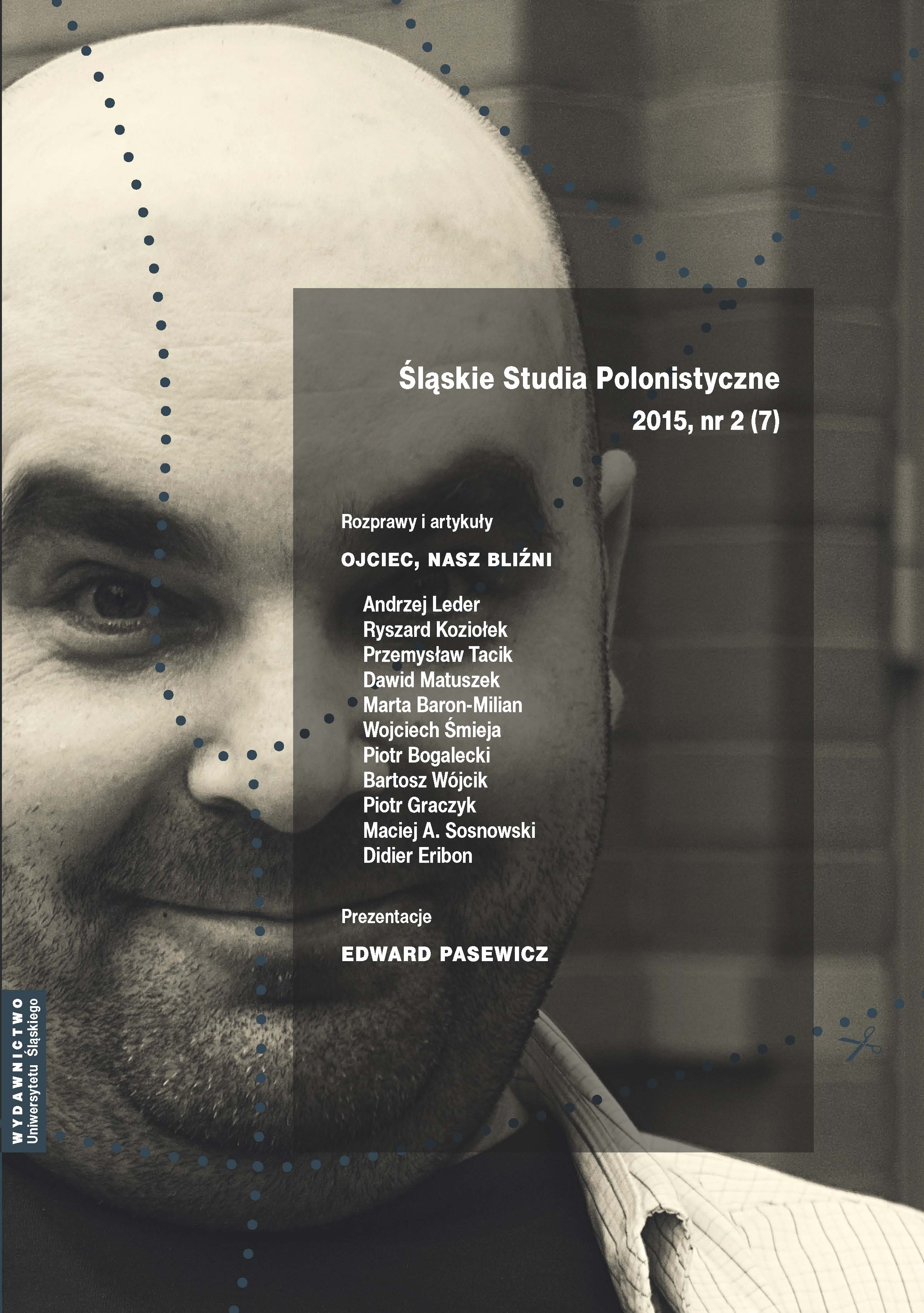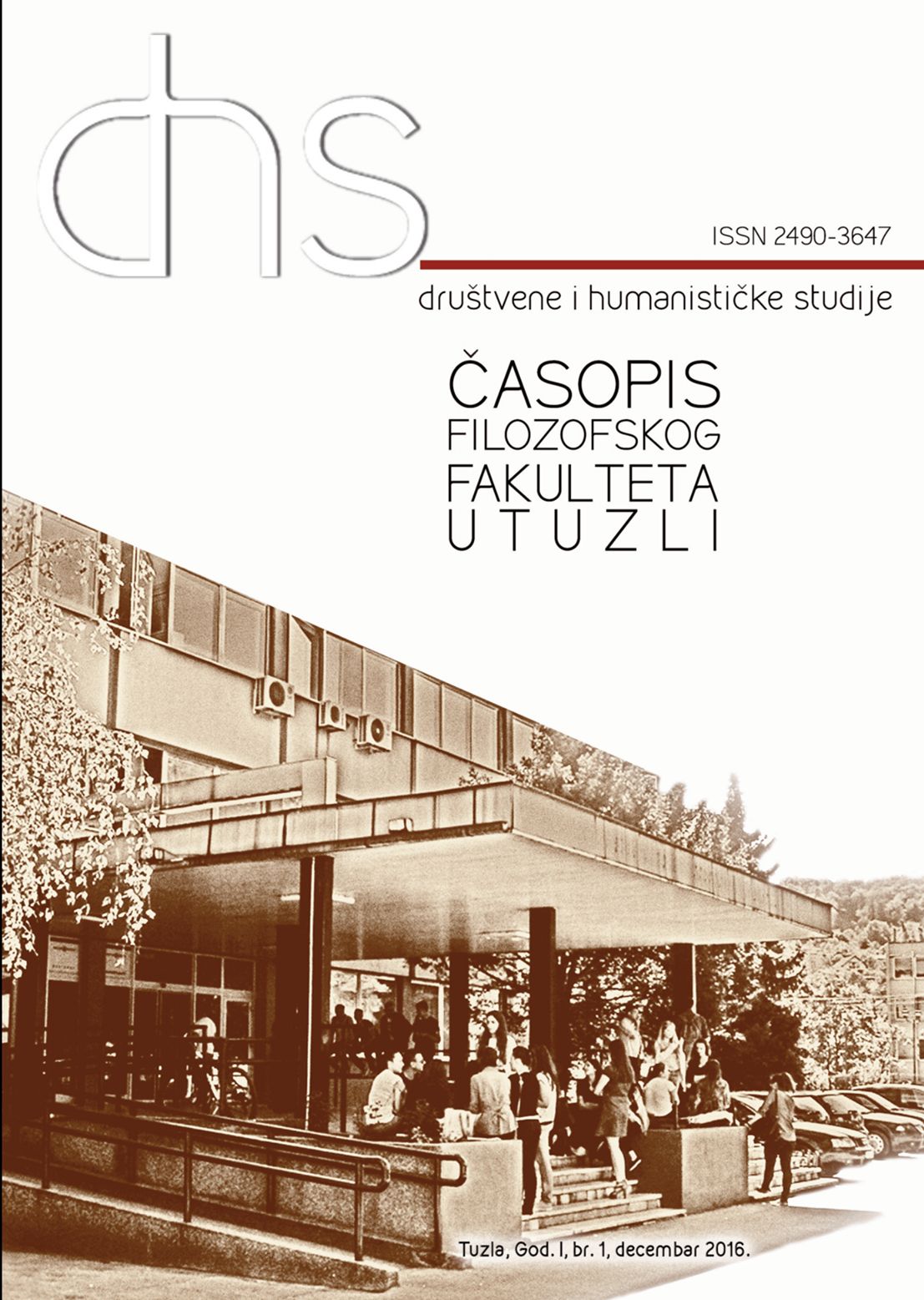Author(s): Cezary Kuklo / Language(s): Polish
Issue: 1/2015
The article brings out a special attention paid by historians and demographers to the smallest demographic and social unit after the second world war. It resulted from the will to understand the transformation of the whole society in the past, which to a certain degree became possible thanks to the analyses of the ancient family structures, including the changes they had undergone and the trends that had been identified. Against the background of the basic achievements of the West-European historiography of historical demography, the author also emphasises a significant development of the Polish research in this sphere, yet he notices that it has been achieved mainly by the efforts of individual researchers, hardly linked to any institution. Generally speaking, in spite of some revival of the last 30 years the knowledge of the basic biological function of the family, i.e. fertility, is still not satisfactory.
That is why the author stresses the need to intensify research on demographic structures of families in Polish lands from the beginning of the 20th century and presents its programme. At the same time he underlines that now some former restrictions, which somehow hindered Polish research in which L. Henry’s method was used, have disappeared. At the moment, there are no bigger obstacles to track down hundreds of register books of births, deaths, marriages and baptisms, as well as marriage records of the 19th century. What is more, in the era of laptops and other digital carriers, there are no restrictions as far as equipment is concerned; information may be collected and processed in no time. The author reminds that for the last 25 years there have appeared only a few valuable studies on the basic biological function of the family, its fertility (inter alia Cezary Kuklo, Krzysztof Makowski, Agnieszka Zielińska).
The article indicates that future studies on demographic and historical statistics of the family should fall back on the research potential included in L. Henry’s method to a much wider degree. Thanks to a more common use of the method procreative attitudes of the inhabitants who lived in Polish lands before the end of the 19th century should become more wid ely known, and – at the same time – make it possible to answer the question whether the procreative strategies were conscious or not. Future investigations, according to the author, should also take into consideration the problem of mortality. In the presented research programme what has been strongly stressed is the postulate of a more detailed description of the smallest social cell through its socio-economic – as well as religious and ethnic – differentiation, wherever it is possible. The programme also takes into account the need to describe the relations between spouses and between parents and children, and other members of the ancient households.
More...







